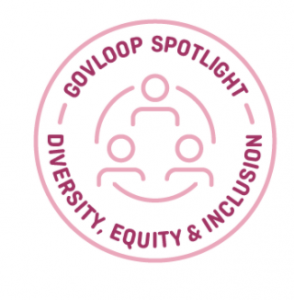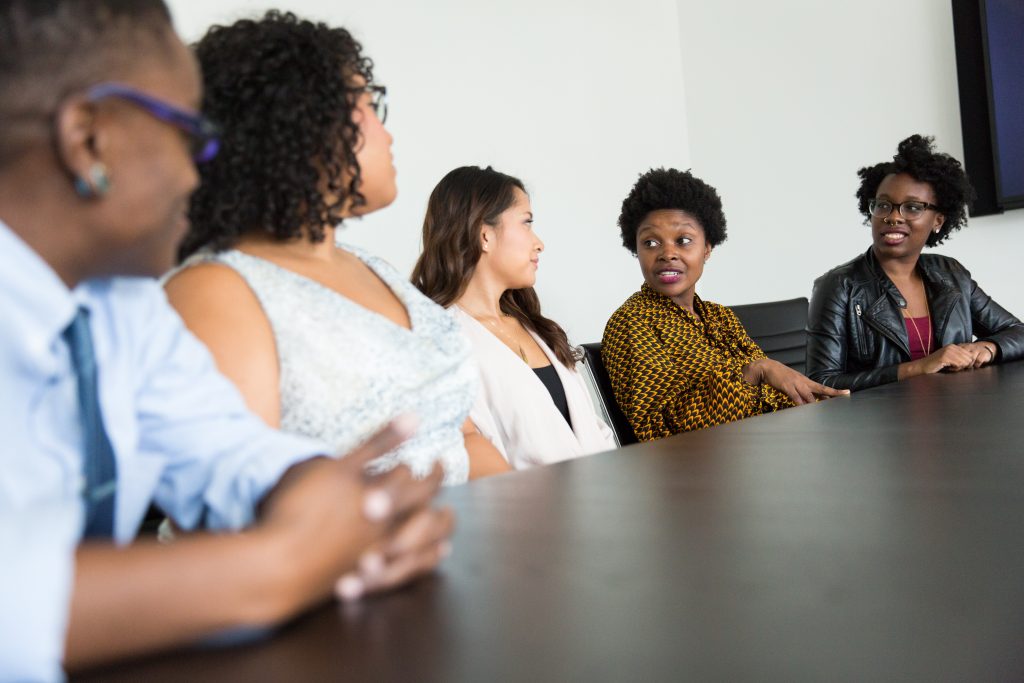
In the U.S. Patent and Trademark Office (USPTO), for instance, an affinity group is a voluntary employee organization (VEO) that is based on a shared identity, common background and/or special interest. Affinity groups offer opportunities for employees to connect on a meaningful level beyond the traditional and/or organizational structure.
But establishing and sustaining affinity groups can be difficult. After all, topics such as racial inequity can be challenging to discuss at work. Furthermore, affinity groups require strong relationships and lots of networking. To get satisfying results from affinity groups, agencies need to enthusiastically and proactively support them.
The following prompts will plant the seeds for your agency’s DE&I affinity group:
What is your affinity group’s purpose? Creating a purpose statement will determine your affinity group’s aims and how to accomplish them. For example, your affinity group could center on engaging with your agency’s underserved communities to improve DE&I.
How do your affinity group’s goals align with your agency’s mission? Your affinity group’s purpose will encounter the least resistance if it meshes with your agency’s reason for existence.
What is your affinity group’s strategy? Describe the meetings, practices and roles your affinity group needs to meet its targets.
How does your affinity group define diversity, equity and inclusion? Initially, clarifying what these terms mean to your affinity group and its host agency will assist your team’s members with discussing each one. From there, input from affinity groups can help shape your agency’s DE&I efforts.
With a basic picture of your affinity group now in mind, answer these questions to plot out the team’s membership:
How many people will be in your affinity group? According to Cultures Connecting, a DE&I advocacy organization, most affinity groups need at least three people – and, at most, eight to 12 – to succeed, depending on their host organization’s size. Smaller groups tend to have less diverse perspectives, but larger ones may require more energy to gain steam. Consequently, identifying an ideal group size is critical.
Who should lead your affinity group? Every affinity group should have at least one person responsible for allocating its energy, money, time and other resources. After identifying that person, decide the best means for other employees to connect with them. Recruiting members of senior leadership is also important for your venture’s success.
How are your affinity group’s meetings structured? Picking when your group meets, how often and for how long generates consistency and stability. Even better, well-defined meetings can potentially attract new recruits. Culture Connects recommends at least one two-hour meeting monthly for solid returns. One option is separating these meetings into tactical or update meetings and bonding activities. Lastly, some brief personal reflection can reveal why an affinity group might benefit you and your career.
What category would you like your affinity group to affect the most? Possibilities include race, religion, gender, sexual orientation and socioeconomic circumstances. Affinity groups can focus on multiple segments simultaneously but prioritizing the subsets that matter the most to you can maintain your engagement.
Which of your experiences have helped you understand DE&I? Personal or professional, your experiences can contribute to elevating DE&I at your agency. No two people are alike, so the more people share their pasts, the more varied your agency’s future can be.
What skills are you bringing to your affinity group? Assessing your skillset can assist your affinity group with plugging its skills gaps. More importantly, this step will teach you what strengths you have and how to apply them to your group’s functions and purpose.
This article is an excerpt from GovLoop’s recent toolkit, “Diversity, Equity and Inclusion in the Workplace.” Download the full toolkit here.
